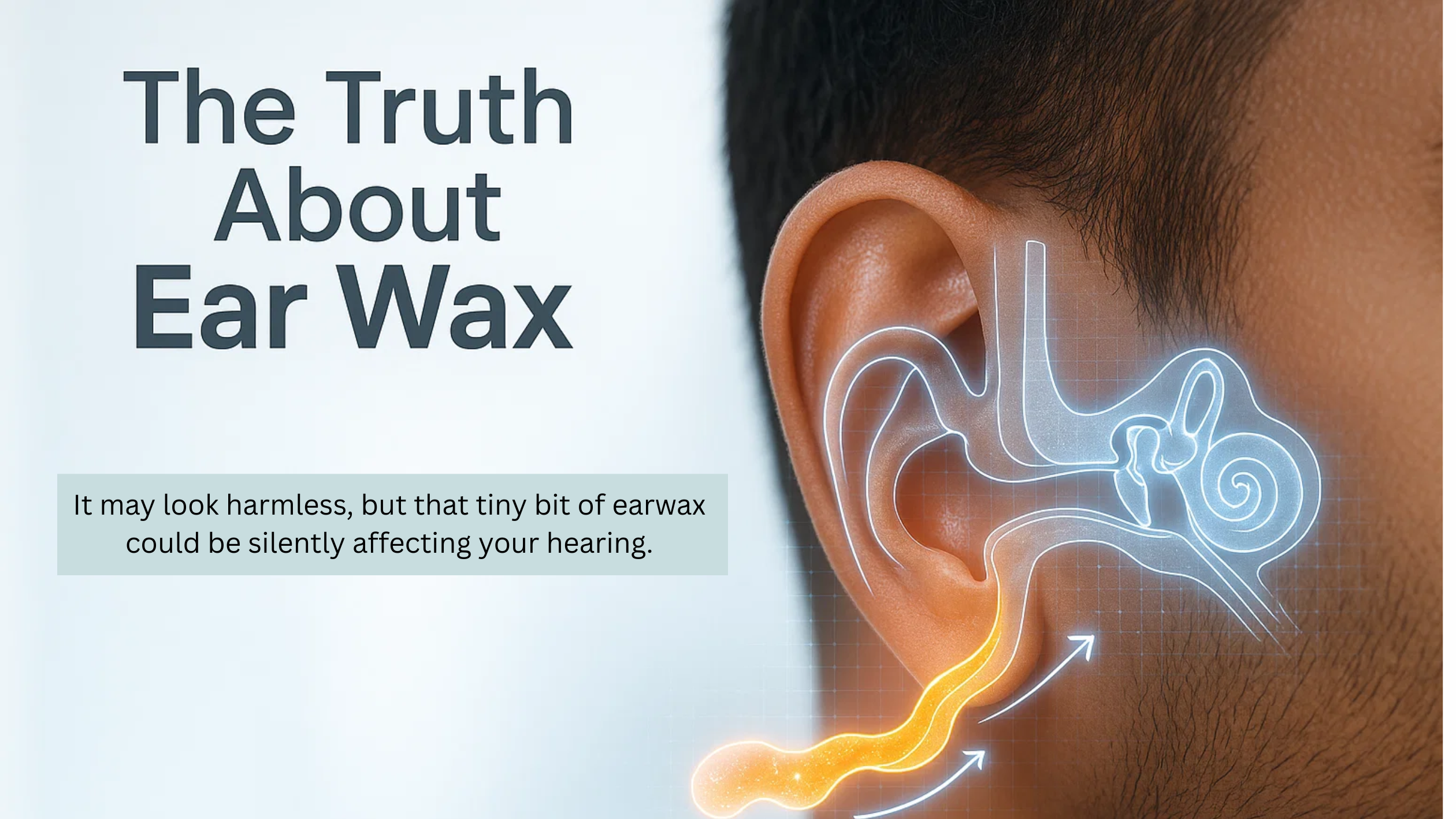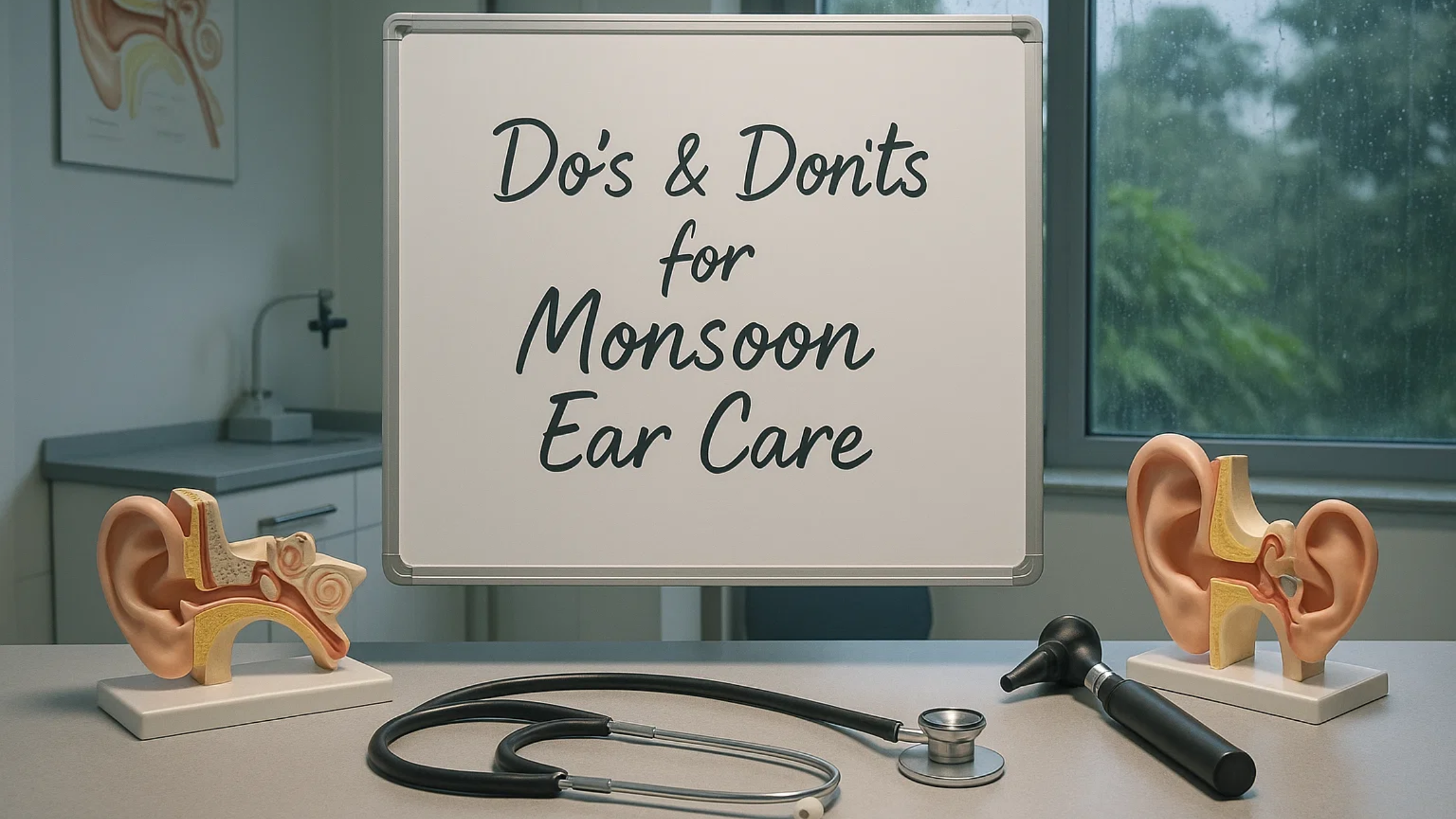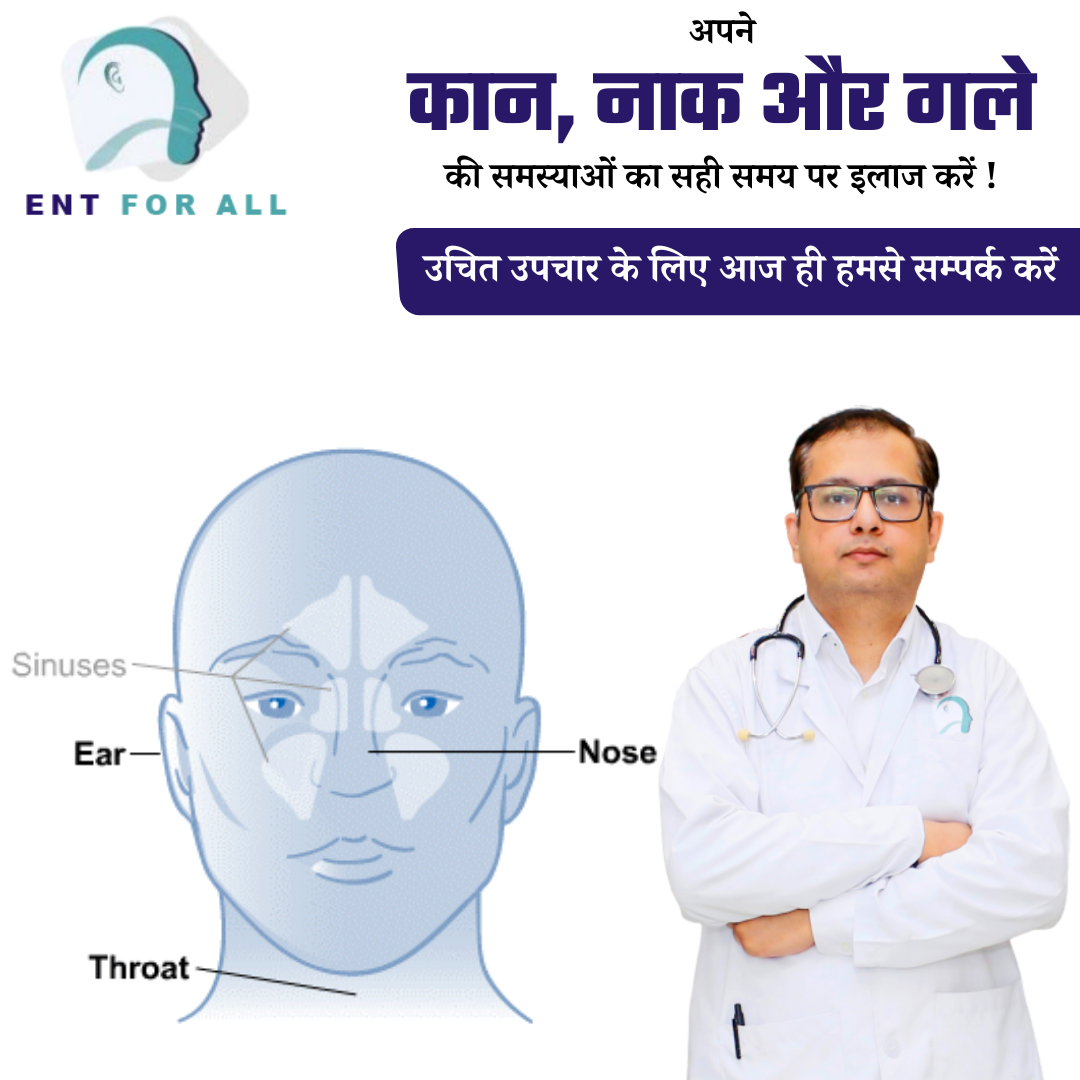Microscopic Ear Surgery In Udaipur
Perforations in the Ear Drum are common in children. This might arise as a result of an illness or an accident. This is referred to as tympanic membrane perforation. Depending on the severity of your issue, your doctor may advise you to undergo microscopic ear surgery. Tympanoplasty is one such procedure.
Tympanoplasty is a surgical procedure that reconstructs the eardrum or the tiny bones of the middle ear. This surgical treatment aims to seal the perforation while simultaneously improving hearing.
Make an appointment now with the best hospital for ear surgery in Udaipur to determine whether you require Microscopic Ear Surgery or not.
What Are The Most Common Perforated Ear Symptoms?
- Earache
- ringing in the ears
- When you sneeze or blow your nose, you make a whistling sound.
- Hearing loss or decrease in hearing
- Inflammation or infection in the middle ear.
When Does Tympanoplasty Become Necessary?
Your doctor may advise you to Tympanoplasty in the event of:
- A clear, pus-filled, or bloody discharge Drainage from the Ears
- Hearing Impairment
- The Ear Is Ringing
- Vertigo’s whirling feeling
- Vertigo-induced nausea or vomiting
How Is The Diagnosis Performed?
The following methods of diagnosis are available:
- Audiogram: An audiogram is an audiometry exam used to assess the ear’s hearing function. It is used to assess the loudness and tone of sounds, as well as balance and other difficulties connected to inner ear function.
- Medical History: Examining the background of the hearing loss, as well as any vertigo or other facial weakness.
- Otoscopy: It is often used to examine the flexibility of the tympanic membrane and the malleus, a hammer-shaped tiny bone in the inner ear.
- Fistula Test: If the individual has a history of vertigo or has a marginal rupture of the eardrum, a fistula test is frequently done
- Regular blood testing
- Urine testing on a regular basis

How Is Tympanoplasty Done?
Step One
Tympanoplasty is often performed while the patient is sedated. The surgeon will next insert a device known as an ear speculum into the external ear canal. The working microscope is then placed in the position.
Step two
For significant perforations, our doctor will then make a cut into the outer ear, generally behind the ear. The ear is then slowly slid forward, revealing the eardrum. The eardrum will be lifted by the surgeon so that the inner ear may be checked.
Step three
If an eardrum hole exists, it is ruptured and the aberrant region is taken away. A portion of fascia, or tissue beneath the skin, from the muscle behind the ear, is then removed and inserted under the perforation in the eardrum to produce a new complete eardrum. This grafted tissue permits the normal eardrum skin to regrow across the hole. At times, the surgeon may repair the middle ear bones during this procedure.
Step four
Within a few hours, the patient will be able to return home. Antibiotics and modest pain medication may be prescribed by the physicians.
What Is The Duration Of The Tympanoplasty Procedure?
At ENT For All, the ear operation in Udaipur might take anywhere from 30 minutes to an hour. Serious instances may take longer.
What’s The Next Step?
After 10 days, the covering is released and the ear is examined to see whether or not the graft was effective. Antibiotics may be administered since the graft must be clear of infection to heal entirely. Antibiotics and a compressor are also suggested if there are allergies or a cold.
Under the compound microscope, all the grafting is removed after a month. The extent to which the graft has been taken is then determined.
The doctor may recommend the following precautions to reduce the pressure that might potentially dislodge the transplant.
- Avoid getting water in your ears.
- Avoid blowing your nose.
- To drink, avoid using a straw.
- Avoid sneezing with your mouth closed.
Note: Four to six weeks following surgery, a full hearing test is conducted.
What Are The Dangers Of Surgery?
In rare circumstances, there may be a few risk factors:
- Excessive bruising
- Damage to the facial nerves resulting in a change in taste
- Damage to the tiny bones in the middle ear causes hearing loss.
- Infection
- Bleeding
- Breathing difficulties
- Medication Reactions
- Vertigo or dizziness
- Chances of the eardrum hole not repairing fully
- Hearing deterioration or total hearing loss
Please note, the above complications occur very rarely, and that too when done by someone who is not an expert. But, you can rest assured that at ENT for All, you will get the best microscopic ear surgery doctors in Udaipur to examine, operate, and follow up with you until your problem is solved.
Also read: Bug in Ear: Causes, Symptoms and Treatments


















